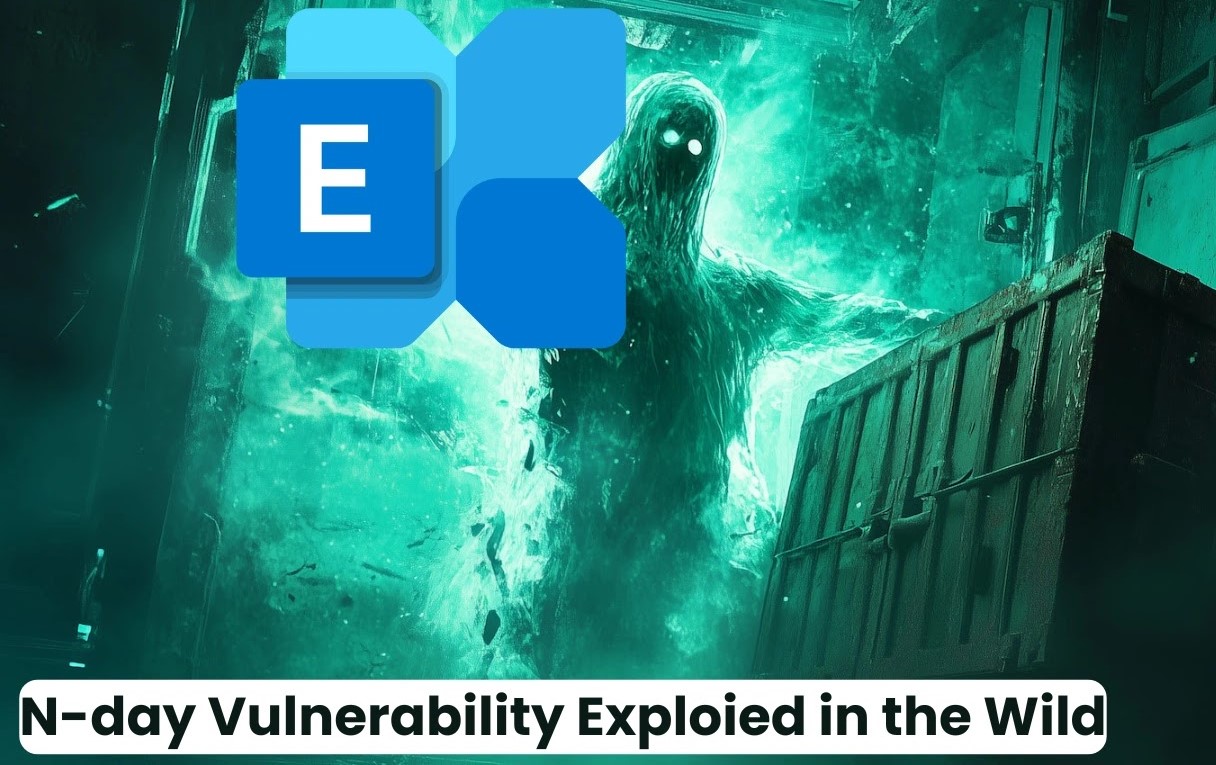
GhostContainer Malware Hacking Exchange Servers in the Wild Using N-day Vulnerability
In the intricate landscape of global cybersecurity, threat actors perpetually seek new avenues to compromise critical infrastructure. A recent, highly concerning development involves a sophisticated malware campaign, dubbed GhostContainer, actively exploiting Microsoft Exchange servers. This campaign targets government and high-tech organizations, particularly across Asia, leveraging N-day vulnerabilities to establish covert, persistent access to sensitive networks. Understanding GhostContainer’s methodology and implementing robust defenses is paramount for any organization reliant on Exchange infrastructure.
Understanding the GhostContainer Threat
GhostContainer distinguishes itself through its advanced operational capabilities and its strategic exploitation of well-documented, though often unpatched, vulnerabilities. This malware represents a significant threat due to its stealth, persistence, and ability to blend seamlessly with legitimate network traffic.
Exploiting N-day Vulnerabilities for Persistent Access
At the heart of GhostContainer’s infiltration strategy lies its exploitation of known N-day vulnerabilities within Microsoft Exchange. Specifically, investigations have revealed a reliance on CVE-2020-0688. This particular vulnerability, a remote code execution flaw in Exchange’s Exchange Control Panel (ECP), allows attackers to execute arbitrary code with elevated privileges if the Exchange server is not fully patched. By leveraging such vulnerabilities, GhostContainer establishes persistent backdoors, ensuring continued access to compromised systems even after initial intrusion attempts are detected or remediated at a superficial level.
GhostContainer’s Sophisticated Architecture
The malware’s operational sophistication is underscored by its three-stage architecture. This modular design enables a range of malicious activities while maintaining a low profile within the compromised environment:
- Web Proxy Capabilities: The initial stage often involves setting up a web proxy, allowing threat actors to route their traffic through the compromised Exchange server. This tactic helps obscure their true origin and makes it more challenging to trace their activities.
- Tunneling Operations: GhostContainer facilitates secure tunnels, enabling covert communication channels within the network. This tunneling mechanism allows for data exfiltration, command and control (C2) communication, and lateral movement without triggering standard network security alarms.
- Stealth Integration: A critical aspect of GhostContainer’s design is its ability to operate stealthily within legitimate Exchange server traffic. This blending technique makes detection difficult, as the malicious activities are camouflaged among regular, expected network operations.
Technical Analysis of CVE-2020-0688
The vulnerability CVE-2020-0688 is an authentication bypass and remote code execution vulnerability in Microsoft Exchange. It arises from the failure of Exchange to properly create unique cryptographic keys during installation. When multiple Exchange servers share the same cryptographic key, an attacker can leverage this weakness to deserialize arbitrary objects, leading to remote code execution. This flaw highlights the critical importance of ensuring proper installation procedures and applying all available security updates.
Remediation Actions and Mitigation Strategies
Protecting Exchange servers from GhostContainer and similar threats requires a multi-layered security approach. Organizations must prioritize patching, network segmentation, and proactive threat hunting.
- Immediate Patching: The most crucial action is to ensure all Microsoft Exchange servers are fully patched with the latest cumulative updates and security updates. Specifically, apply the patches addressing CVE-2020-0688 and all subsequent critical vulnerabilities immediately.
- Network Segmentation: Isolate Exchange servers from the broader internal network as much as possible. Implement strict firewall rules to limit inbound and outbound connections to only what is absolutely necessary for Exchange functionality.
- Principle of Least Privilege: Enforce the principle of least privilege for all user accounts and services. This limits the potential damage if an account is compromised.
- Strong Authentication: Implement multi-factor authentication (MFA) for all Exchange-related access, especially for administrative accounts.
- Regular Auditing and Logging: Continuously monitor Exchange server logs for unusual activity, failed login attempts, or suspicious process executions. Centralize logs for easier analysis and threat detection.
- Endpoint Detection and Response (EDR): Deploy EDR solutions on Exchange servers to detect and respond to suspicious processes, file modifications, and network connections.
- Vulnerability Scanning and Penetration Testing: Regularly scan your network and Exchange servers for known vulnerabilities. Conduct periodic penetration tests to identify potential weaknesses before malicious actors exploit them.
- Incident Response Plan: Have a well-defined incident response plan in place, specifically tailored for Exchange server compromises. This plan should include steps for containment, eradication, recovery, and post-incident analysis.
Recommended Tools for Detection and Mitigation
| Tool Name | Purpose | Link |
|---|---|---|
| Microsoft Exchange Health Checker Script | Checks for common security issues and missing updates on Exchange servers. | GitHub (Microsoft CSS-Exchange) |
| Nessus | Vulnerability scanner for identifying unpatched systems, including Exchange servers. | Tenable Nessus |
| Microsoft Defender for Endpoint | Advanced EDR capabilities for detecting and responding to sophisticated threats. | Microsoft Security |
| Wireshark | Network protocol analyzer for deep inspection of network traffic for anomalies. | Wireshark |
| PowerShell cmdlets (e.g., Get-ExchangeServer) | Built-in tools for verifying Exchange server configurations and updates. | Microsoft Learn |
Conclusion
The GhostContainer campaign serves as a stark reminder of the persistent and evolving threat landscape facing critical infrastructure. Its reliance on known N-day vulnerabilities like CVE-2020-0688 underscores the urgent need for robust patch management and proactive security measures. Organizations must prioritize comprehensive patching, implement strong network segmentation, and deploy advanced detection capabilities to safeguard their Microsoft Exchange environments from such sophisticated and stealthy attacks.





